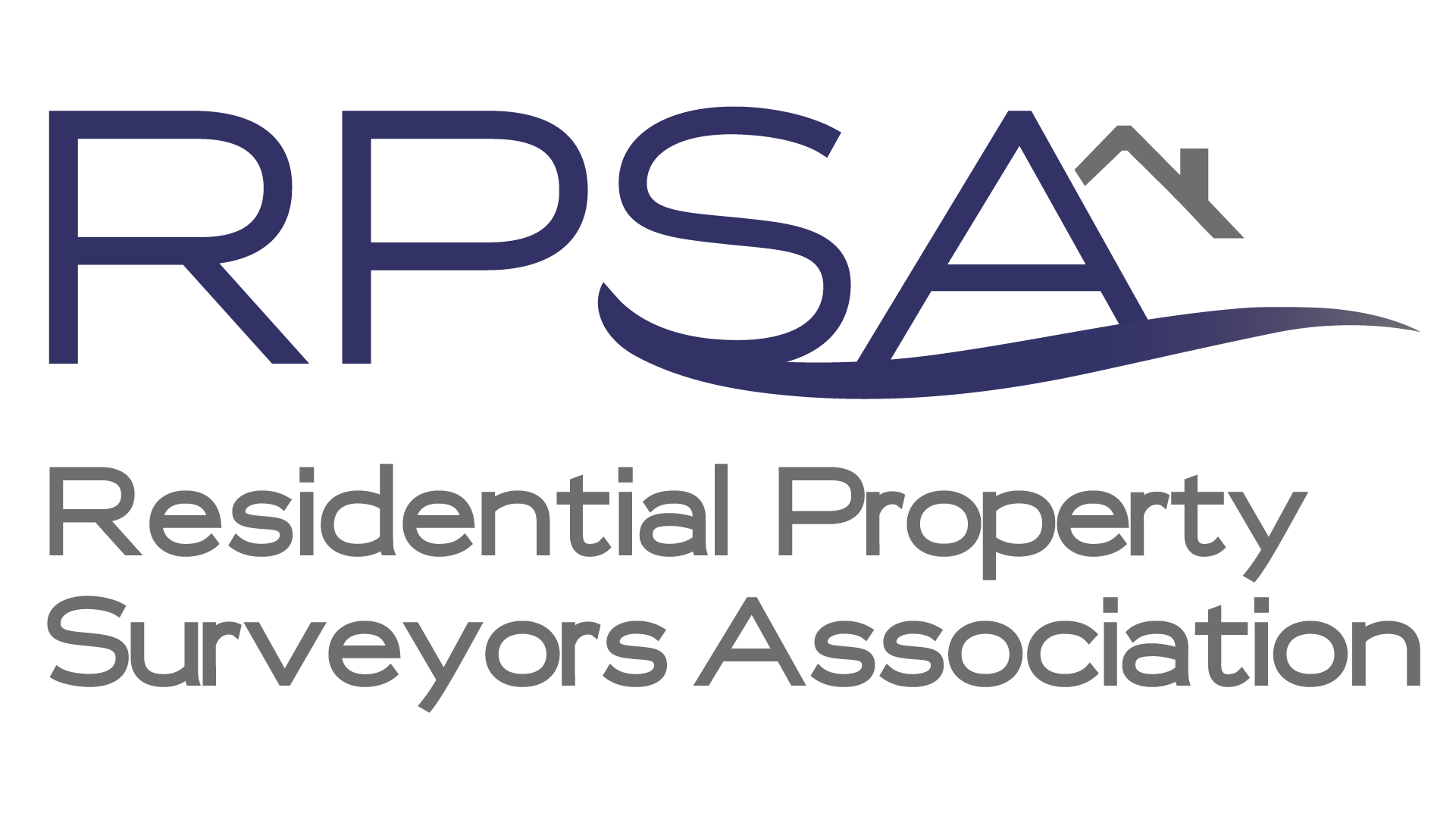Leasehold vs Freehold and the Differences
When buying a property in the UK, it’s important to understand the difference between leasehold and freehold ownership. Here’s an explanation of the two types of ownership and their key differences. Although there are currently proposals for reform around this so parts of this may change in the future.
Leasehold Ownership
Leasehold ownership means that you own the right to occupy a property for a fixed period of time, usually between 99 and 999 years. During this period, you are required to pay ground rent and service charges to the freeholder or landlord, who owns the land the property is built on.
The freeholder is responsible for the upkeep and maintenance of the building’s structure, communal areas, and the land on which the building is located. This means that the freeholder will charge you for the cost of maintaining the building and may require you to contribute towards a sinking fund for future repairs and maintenance.
Leasehold ownership also means that you may have restrictions on what you can do with the property. For example, you may need to get permission from the freeholder to make significant alterations or to sublet the property. When the leasehold period ends, the ownership of the property reverts back to the freeholder.
Freehold Ownership
Freehold ownership means that you own the property outright, including the land it’s built on. This means that you are responsible for the maintenance and upkeep of the property and the land on which it is located.
As a freeholder, you have greater flexibility and control over your property. You can make changes and alterations to the property without having to seek permission from anyone else. You are also not required to pay any ground rent or service charges to a freeholder or landlord.
Key Differences
The key difference between leasehold and freehold ownership is the length of ownership and the associated costs. Leasehold ownership is for a fixed period of time, and you are required to pay ground rent and service charges to the freeholder or landlord. Freehold ownership is permanent and you are not required to pay any ongoing fees.
Leasehold ownership also means that you have fewer rights and control over your property compared to freehold ownership. You may have restrictions on what you can do with the property, and you may need to seek permission from the freeholder to make certain changes.
In Conclusion
When buying a property, it’s important to understand the difference between leasehold and freehold ownership. Leasehold ownership means that you own the right to occupy a property for a fixed period of time and are required to pay ground rent and service charges to the freeholder. Freehold ownership means that you own the property outright, including the land it’s built on, and are not required to pay any ongoing fees. It’s important to consider these differences and your future plans before making a decision on which type of ownership is right for you.


